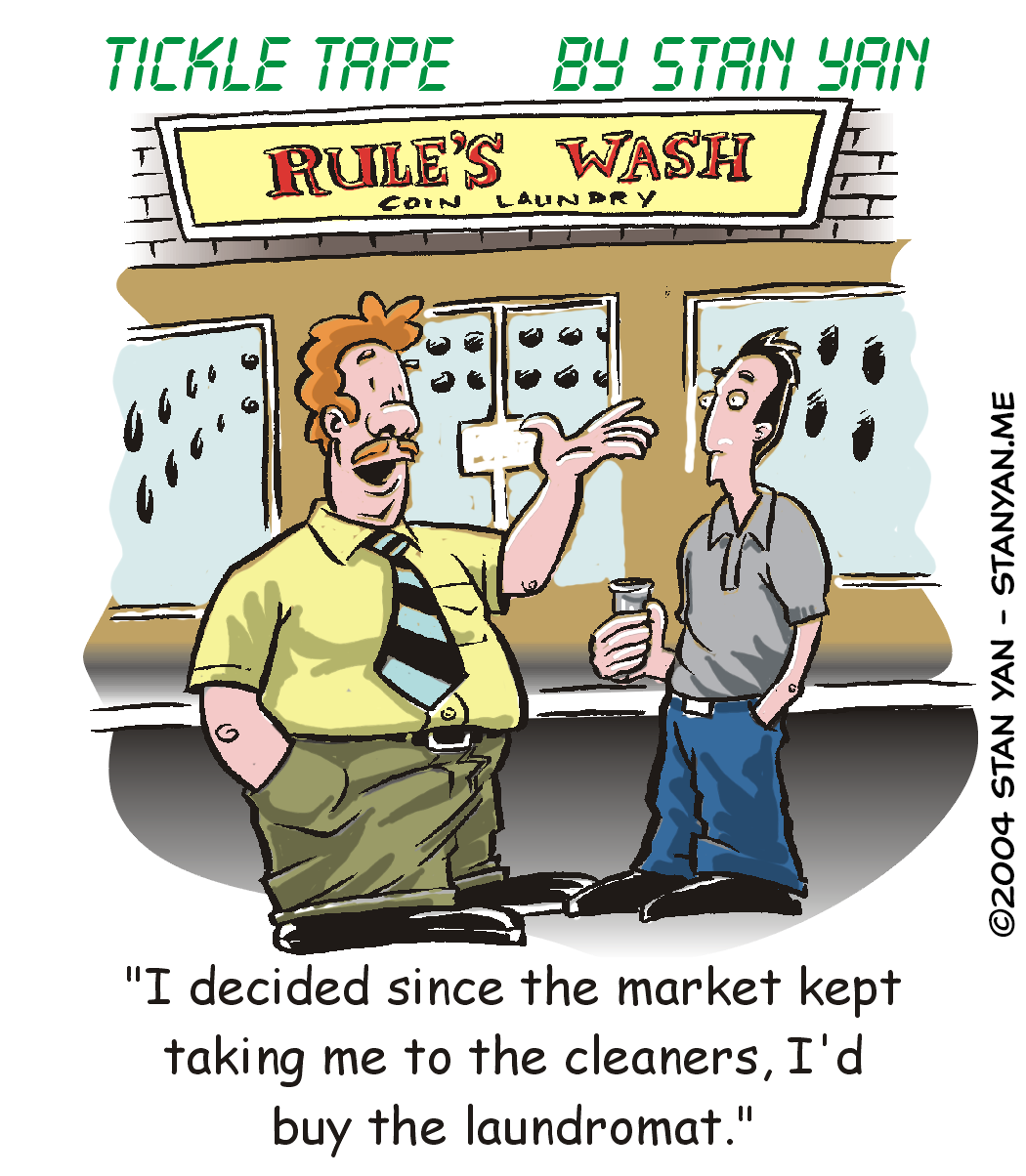How much capital does one need to start trading? Every person who is new to trading asks this question. It’s often the first question that pops up at trade shows and in trading-school classes. But is it the right question to ask? The answer may not be as obvious as it seems. Viewed from a conventional standpoint, one might think that all you need is the minimum amount required to open an account by your brokerage firm.
The regulators set minimums that vary according to whether one will be trading stocks, options, futures contracts or perhaps a combination of these vehicles, but in practice, the various brokerage firms can, and frequently do, require customers to open accounts with a greater amount than the statutory minimum. It is important to realize, however, that merely meeting the account-size minimum does not necessarily put one in good stead to begin a trading career. A more important question should be asked up front: How much money do I need, not in my trading account, but in my bank account?
Of course, this is very different from asking how much one needs to merely start trading, and answering the question may require a degree of personal reflection that goes much deeper than calculating how much to put in a trading account. In fact, if trading the S&P E-mini contract, it is theoretically possible to make $300 to $500 or more in profits per day with just $7,500 in an account (currently the minimum to open an account for trading E-minis through Terra Nova Trading, for example). But does this mean that someone who can meet the minimum requirement is in excellent shape to trade? Not necessarily.
Suppose a novice trader has $7,500 to open an account, but not a dime more to put into it if he or she should lose it all by trading poorly? Under such circumstances, the loss of such a sum – hardly impossible, even for someone employing conservative trading strategies — could end that person’s trading career. Could one expect to trade well under such a threat? Probably not, since confidence is crucial to anyone who would seek success at trading, and few things undermine a trader’s confidence so thoroughly as a nagging fear of losing one’s stake. It’s like trading with a gun to one’s head, and it metaphorically describes the trader who is barely able to cover monthly household and business expenses while honing his or her skills.
It is a problem that has tripped up many a beginner, and it makes success far more difficult to achieve when steady profits are needed just to pay one’s bills. It’s far better for the new trader to be financially secure from the start – secure enough so that an entire year spent without profit on the learning curve would not impact one’s lifestyle or threaten one’s financial security.
So we should not fool ourselves into believing that merely meeting minimum account-size requirements will suffice. In fact, if it costs you $80,000 per year on average to meet all household expenses, then you should have at least $80,000 in liquid savings to see you through your first year of trading. This, of course, is in addition to the sum you will use to fund your trading account. Having a sufficient sum in the bank to meet a year’s worth of living expenses will provide a cushion against adversity, as well as a psychological bulwark against the ups and downs that are a normal part of every trader’s learning experience.

